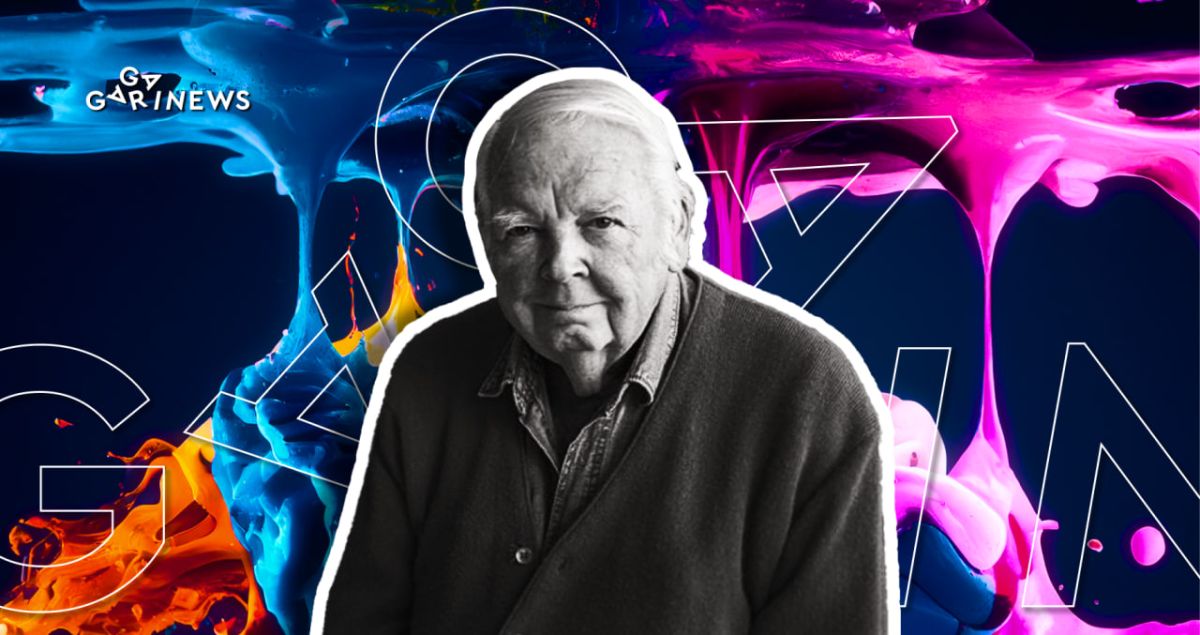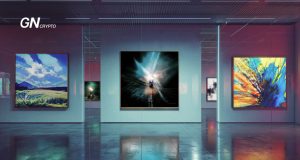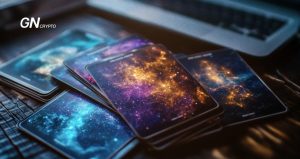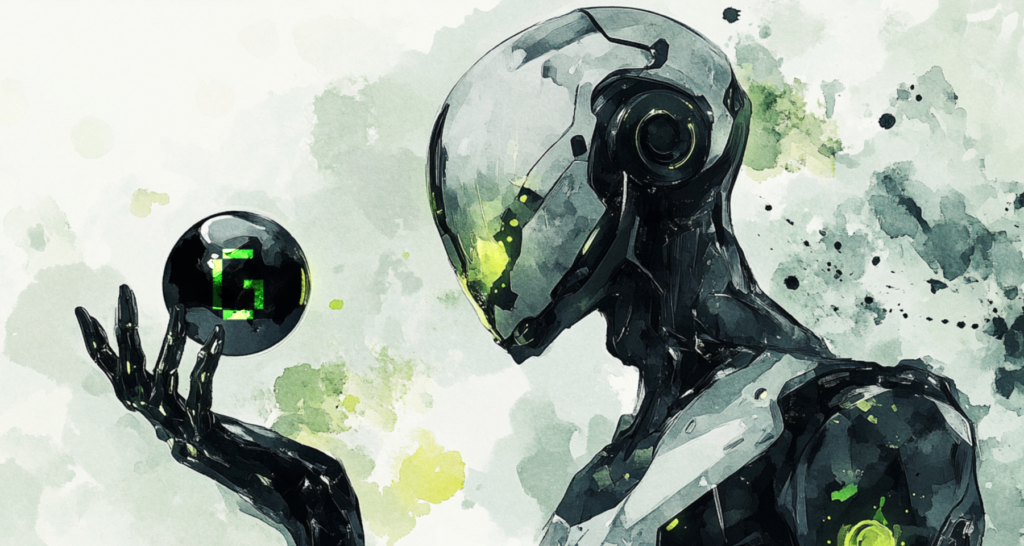Lee Mullican’s Works Take on New Life as NFTs

The digital artworks by Lee Mullican, a pioneering figure in the field, has been released in NFT format on the Tezos blockchain. Dubbed LeeMullican.PCX, the collection comprises 12 pieces and was published on the Feral File platform, a leading curator of NFT art exhibitions
On this page
In 1987, when he was 67, the artist created a series of original images using the PC Paintbrush application. These images were saved in PCX, which is a raster format for DOS/Windows. Additionally, Lee created 35mm photo slides, which were later scanned, improved, and added to the archive along with the PCX files and legal documentation. Here are four examples of his work:
In late March, 20 NFTs were released for each of the pieces for public sale. The starting price was $200, and a complete set was also available for $2400. Collectors quickly purchased all the NFTs, and they are now only available on the secondary market Objkt for a minimum of $400.
Who is Lee Mullican?
Lee Mullican was an American artist and drawing instructor known for his abstract style. He spent his life exploring new ways of creating images, and his physical paintings can be found in various museum collections.
In 1986, he discovered computers and digital art, which led him to explore new possibilities in image-making using a stylus and a mouse.
I examined why I thought the computer was for me. Even in my paintings, I was always working with pattern and line, and color. I’ve had a built-in computer ever since I’ve been doing art
Lee Mullican said.
Anika Meier, the curator of the collection, explained that the artist faced constant criticism for his use of new technologies. However, for today's artists who work with neural networks and NFTs, this serves as a reminder to keep experimenting and pushing boundaries despite any criticism.
Symbolism
Lee Mullican's association with NFTs is not new. At the end of 2021, his works were released on the Ethereum blockchain as the Computer Joy collection. There is a certain symbolism in the tokenization of the artist's works, who actively used innovations of his time. However, blockchain critics argue that the famous name is being used to popularize and legitimize NFTs. In reality, it's quite the opposite: young and modern people are getting to know the history of art through integration with new technologies.
The content on The Coinomist is for informational purposes only and should not be interpreted as financial advice. While we strive to provide accurate and up-to-date information, we do not guarantee the accuracy, completeness, or reliability of any content. Neither we accept liability for any errors or omissions in the information provided or for any financial losses incurred as a result of relying on this information. Actions based on this content are at your own risk. Always do your own research and consult a professional. See our Terms, Privacy Policy, and Disclaimers for more details.



























